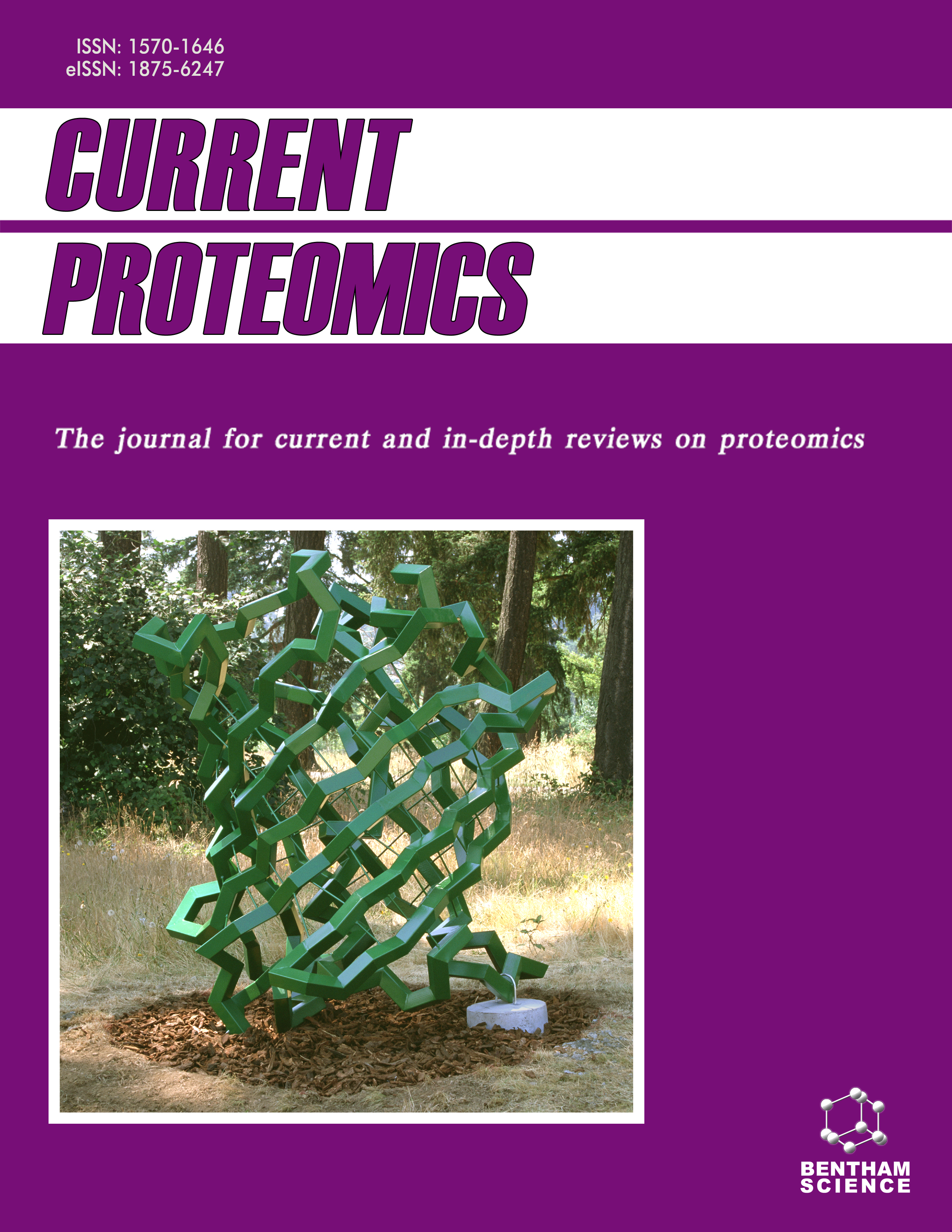
Full text loading...
Damage-associated molecular Patterns (DAMP) released on the onset of tissue injury interact predominantly with pattern-recognizing receptors (PRRs) and multiple receptors to trigger and mediate inflammation and play a critical role in the progression of various diseases. Among the multiple DAMPs, S100A8 (MRP-8) and S100A9 (MRP-14) are low molecular weight calcium-binding proteins primarily expressed in innate immune cells such as myeloid cells: neutrophils, monocytes, keratinocytes, and early differentiation states of macrophages giving them the name Myeloid related proteins (MRP). S100A8 and S100A9 can exist both as homo- and heterocomplexes – shown to elicit different functions in cellular physiology, chemotaxis, phagocyte migration and modulation of various macrophage functions, apoptosis in cancer, and activation of NF-κB pathway. S100A8 and S100A9 have been shown to trigger innate immunity via TLR-4 signaling, thereby increasing the production of proinflammatory cytokines and other downstream effectors of the cascade. An influx in S100A8 and S100A9 proteins has been implicated in the most prevalent arthritic conditions, such as rheumatoid arthritis (RA) and osteoarthritis (OA). Hence, the primary objective of the review is to provide a comprehensive and systematic analysis imparting insights into the role of S100A8 and S100A9 proteins as mediators of inflammation in RA and OA.

Article metrics loading...

Full text loading...
References


Data & Media loading...

